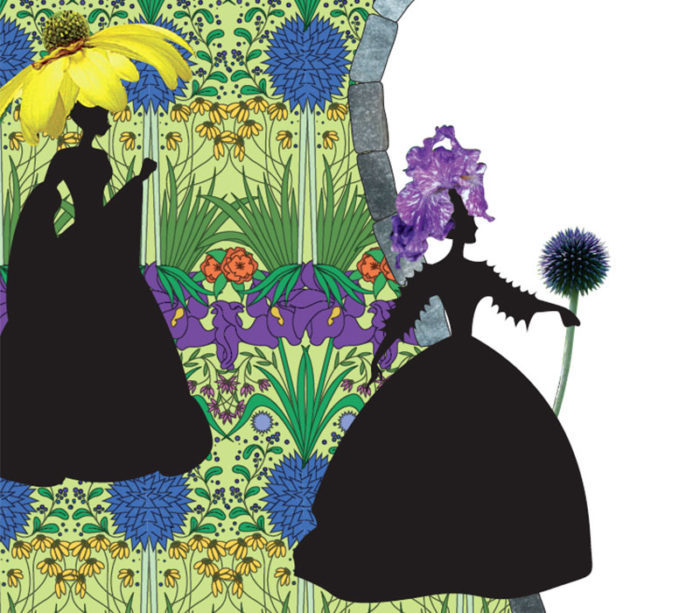
Seven years ago, my husband and I purchased a home in a typical residential neighborhood. One of the things that I liked best about the house was that the previous owners were gardeners. One area of the yard, though, made me scratch my head. It was a 5-foot-wide and 50-foot-long stretch of mulch all along the property’s road frontage. The neighbors explained that there had been a row of apple trees planted there, which, sadly, were now gone. At any rate, this eyesore of an empty canvas was something I wanted to plant immediately. I had certain thoughts about what I wanted: a living fence to keep my little kids out of the road and to provide some privacy, some edible plants for the family to enjoy, and some big drifts of long-blooming flowers to make the spot eye-catching.
Trying to grow a garden along a baking-hot, full-sun roadway can present lots of challenges. Aside from the radiant heat in summer, the soil is often atrocious, without a lot of organic matter. The spot is also a high-traffic area—obviously—and in winter, snowplow windrows, salt, and sand give plants even more issues to overcome. To survive in this spot, a plant has to be more than tough—it needs to be invincible. Over the years, I’ve tried almost every perennial, tree, and shrub you can imagine. The following plants truly thrive in this hellish spot. If they can take these conditions, imagine what they might be capable of in slightly more hospitable spots.
‘Batik’ bearded iris won’t rot

Name: Iris ‘Batik’
I’m a sucker for those big, show-offy, late-spring bloomers, such as irises (Iris spp. and cvs., Zones 3–9), peonies (Paeonia spp. and cvs., Zones 3–8), and poppies (Papaver spp. and cvs., Zones 2–9). Bearded irises have always been a particular favorite of mine since childhood; I love their citrusy fragrance. Although these plants can have issues with iris borer and rot, ‘Batik’ bearded iris has thrived and multiplied wonderfully in my roadside garden. Even after its big flower show in late spring, ‘Batik’ provides structure all summer with its large upright blades of foliage. While I might have to give some supplemental moisture to other plants along the curb, I rarely need to water this beauty. I divide the corms every other year to make more plants for my neighbors and me. As a bonus, ‘Batik’ is almost always left alone by deer.
USDA Hardiness Zones: 3–9
Size: 3 feet tall and 1 to 2 feet wide
Conditions: Full sun; well-drained soil
‘Cabaret’ miscanthus makes a good deer-proof hedge
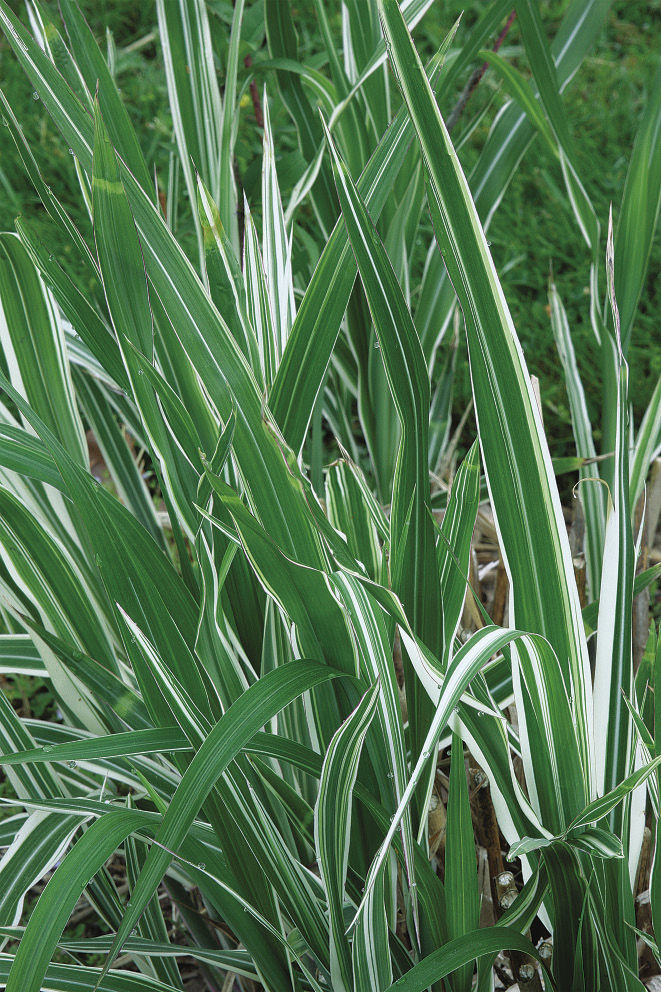
Name: Miscanthus sinensis ‘Cabaret’
Ornamental grasses are wonderful plants; I like them for their wispy texture, deer resistance, and usefulness in screening neighbors. ‘Cabaret’ is the most attractive variety that I grow, although it has been the slowest to establish into a nice clump. Worth the wait, this miscanthus never flops. It looks fantastic when paired with ‘Hillside Sheffield Pink’ chrysanthemum (Chrysanthemum ‘Hillside Sheffield Pink’, Zones 5–9), and I even love to pick its bladed foliage for bouquets. In early spring, I cut ‘Cabaret’ miscanthus down as far to the ground as possible with a chain saw, and I divide it every three to four years.
Zones: 4–9
Size: 6 to 7 feet tall and 3 to 4 feet wide
Conditions: Full sun; well-drained soil
‘Orange Storm’ quince is thornless and drought tolerant
Name: Chamaemeles speciosa ‘Orange Storm’

This spinefree quince came home with me after having a near-death experience from not getting enough water at a local nursery. It has been slow to establish, but after five years in the ground, it is quite lovely. There aren’t a lot of plants that have early-spring color that can also withstand roadside conditions besides ‘Orange Storm’ quince and daffodils (Narcissus spp. and cvs., Zones 3–9). I like the stiff foliage texture of this quince and its slightly sprawling habit. It’s also one of the first flowers of spring for the hummingbirds to frequent. After the very hot and very dry summer of 2013, it lost a lot of foliage fairly early in fall, but it bounced back brilliantly the following spring.
Zones: 5–9
Size: 3 to 4 feet tall and wide
Conditions: Full sun to partial shade; well-drained soil
Dwarf blazing star blooms forever and attracts butterflies
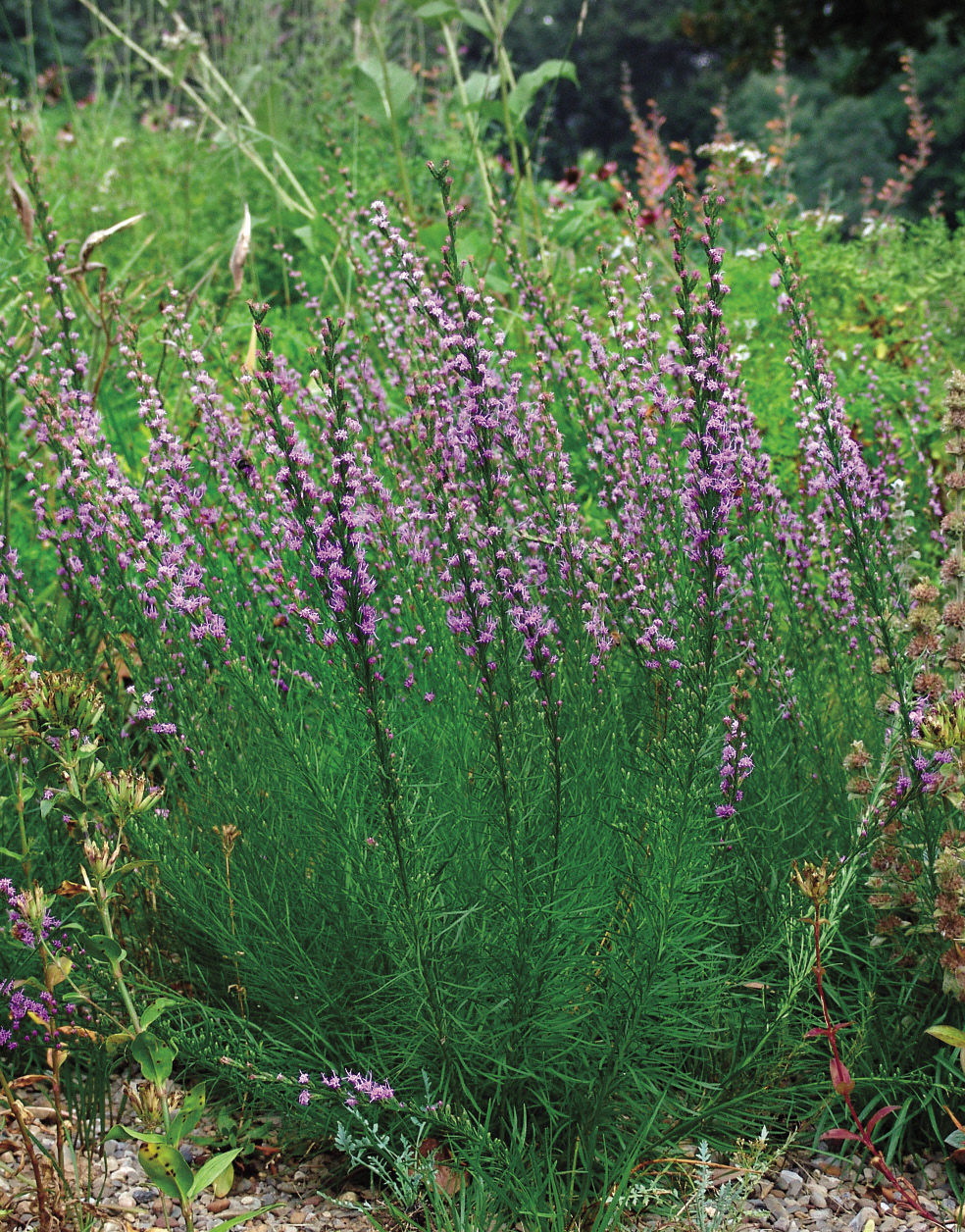
Name: Liatris microcephala
This little blazing star was purchased on impulse. I really didn’t know anything about this variety but loved its dainty purple spikes. Since then, it has become one of my all-time favorites. Long blooming and carefree even next to the baking curb, dwarf blazing star attracts all sorts of interesting pollinators and butterflies. I divide it every three years and add it to spots where other plants have died off. The plant looks great in a drift along with anything yellow or orange, such as butterfly weed (Asclepias tuberosa, Zones 4–9). Although it is not eaten by deer, voles can be a problem.
Zones: 4–7
Size: 1 to 2 feet tall and wide
Conditions: Full sun to partial shade; well-drained soil
Rose campion is a well-behaved self-sower
Name: Lychnis coronaria

This old-fashioned biennial favorite always catches the eye. It is easy to grow and a wonderful self-seeder that doesn’t become thuggish. I call it a “weaver” because it bridges the gaps between plants. The bold magenta flower looks great with everything, and the silver foliage is always lovely. Rose campion looks great mixed in with any combination of flowers and herbs. In addition, nothing ever seems to bother this plant. I make sure to intentionally break open its seed heads in fall and scatter the seeds wherever there are holes in the garden; the seedlings are quick to establish themselves the following spring. Rose campion looks fantastic when paired with ‘Caradonna’ sage (Salvia nemorosa ‘Caradonna’, Zones 5–9) and ‘Zagreb’ coreopsis (Coreopsis verticillata ‘Zagreb’, Zones 4–9).
Zones: 3–8
Size: 2 to 3 feet tall and wide
Conditions: Full sun; well-drained soil
‘Herbstsonne’ black-eyed Susan laughs at plows and basketballs
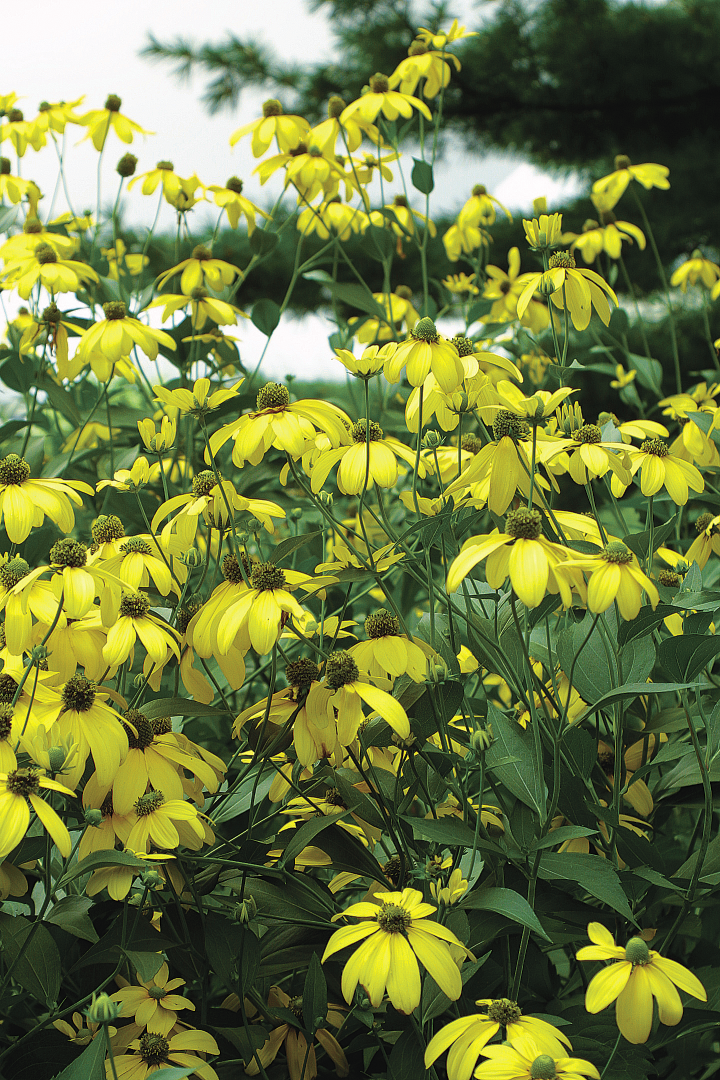
Name: Rudbeckia ‘Herbstsonne’
I have dragged a piece of this plant along with me from three separate houses—how’s that for a ringing endorsement? It has thrived under a variety of conditions. I have it growing next to a basketball hoop in my curbside garden, where the soil is poor and the snowplow—as well as missed foul shots—could do a lot of damage; however, ‘Herbstsonne’ black-eyed Susan is not bothered. In a different garden, it is doing well in a spot that is wet all winter and then bone-dry all summer. ‘Herbstsonne’ is a late, long bloomer with beautiful lemon yellow flowers. Once the petals drop, the bright green cones add interest. Butterflies love it; thankfully, deer do not. I divide this plant every three to four years.
Zones: 3–9
Size: 5 to 6 feet tall and 3 to 4 feet wide
Conditions: Full sun to partial shade; well-drained soil
‘Six Hills Giant’ catmint is better than lavender
Name: Nepeta ‘Six Hills Giant’
I’m not overstating things by saying this is absolutely the best perennial ever. The billowy mass of silver and blue always attracts the attention of passersby. In periods of prolonged heat and drought, I give ‘Six Hills Giant’ catmint a good haircut, but other than that, it’s low maintenance. To gain some repetition along my border, I divide this perennial every two to three years in spring and spread it around. After a bad blizzard last winter, one stretch of the asphalt curb was torn up, along with a clump of ‘Six Hills Giant’. The curb is still in pieces, but the plant has bounced back with a little extra TLC. Over the years, I’ve started replacing all of the finicky lavenders (Lavandula spp. and cvs., Zones 5–9) in my gardens with ‘Six Hill’s Giant’ catmint because it is so carefree.
Zones: 3–8
Size: 3 feet tall and wide
Conditions: Full sun; well-drained soil
Small globe thistle has cool flowers that go the distance
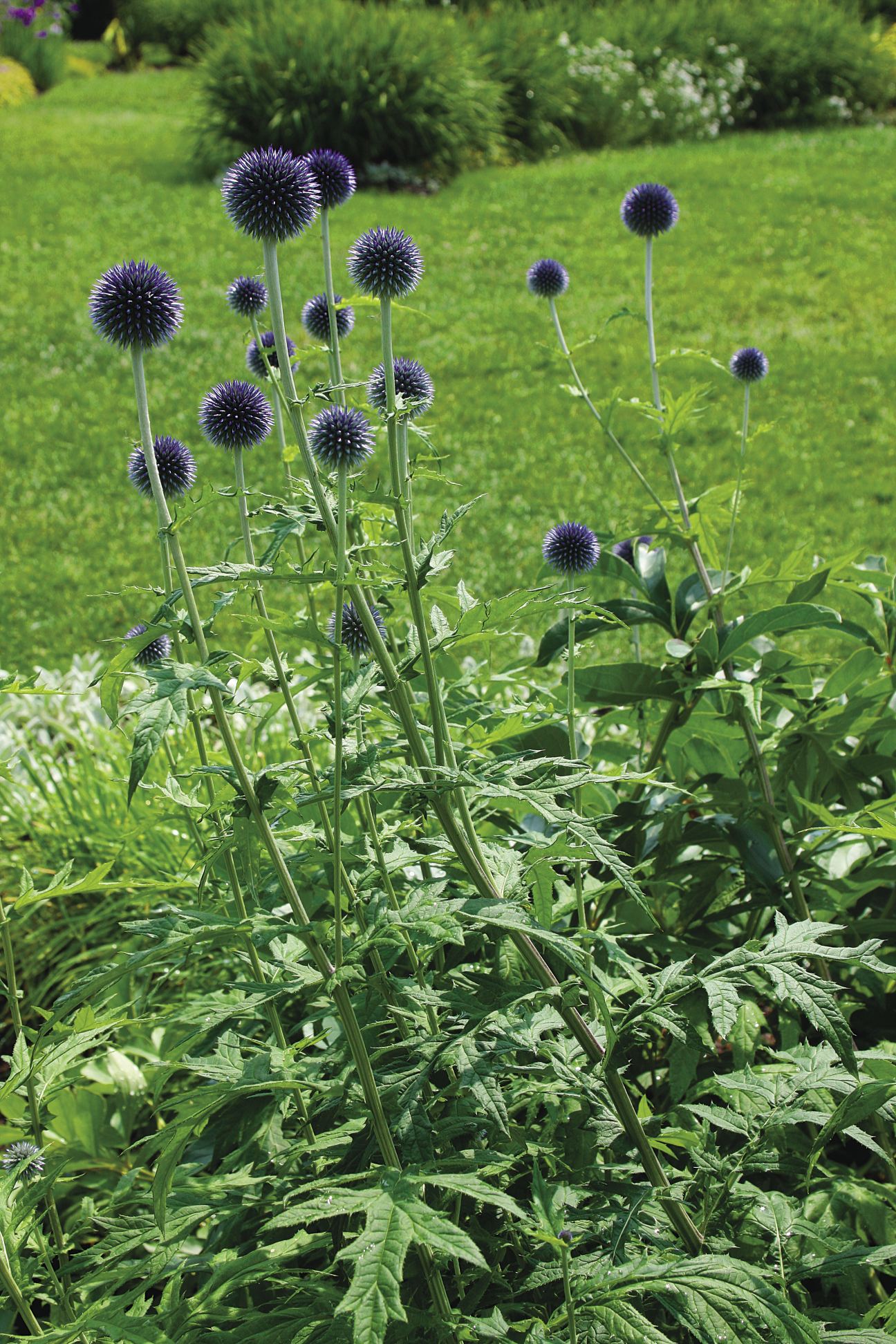
Name: Echinops ritro
In midseason, it’s always nice to have a flower shape other than that of a daisy. Small globe thistle has thistlelike, steely blue blooms that last throughout summer. This plant never seems bothered by anything—not pests, or diseases, or deer, or drought. Although the plant self-sows, transplanting its offspring successfully has been a hit-or-miss proposition for me. The flowers can be dried for arranging indoors, or left on the plant for interest throughout fall and early winter. While in bloom, the flowers attract all sorts of pollinators, which add to small globe thistle’s appeal. Depending on how adventurous you are, I think it would be interesting to spray-paint the flowers a shocking color after they have finished blooming. It’s always good to keep the neighbors on their toes.
Zones: 3–9
Size: 3 feet tall and 2 feet wide
Conditions: Full sun; well-drained soil
Tip: Stay away from woodies
Although many catalogs and nurseries tout woody perennials, like lavender and Russian sage (Perovskia atriplicifolia, Zones 6–9), as ideal candidates for curbside gardens, I have not had much luck with them. They never seem to recover after taking a beating from heavy snow loads.
Tatarian aster is a monster plant without any scary requirements
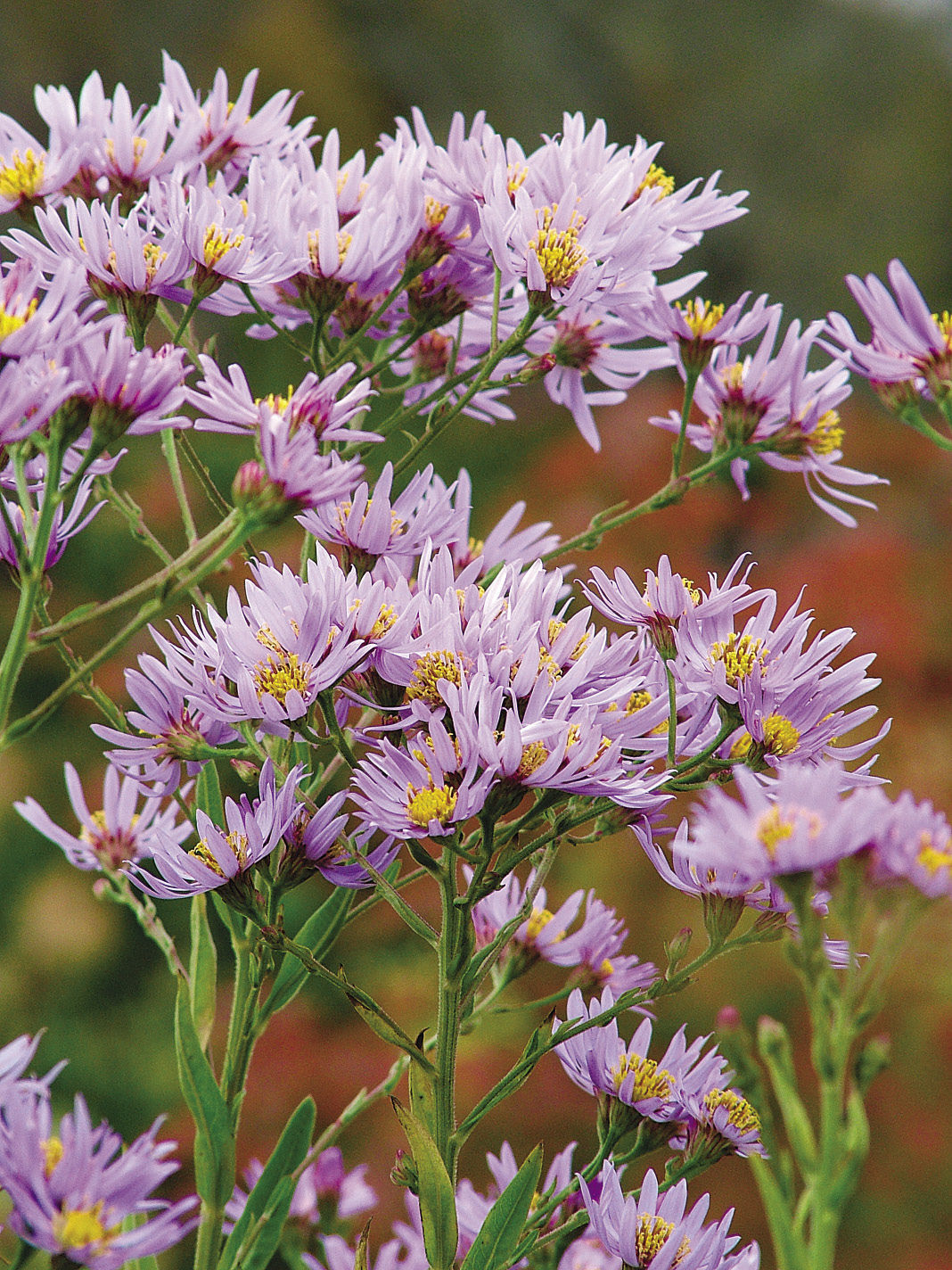
Name: Aster tataricus
This is a great addition to the driest part of my curbside garden. My clump of Tatarian aster was given to me by a fellow plant/bird/butterfly lover. Last year it grew easily to 6 feet tall, topped by lovely periwinkle daisies that were constantly covered with winged visitors. Although the plant is subjected to heavy snow loads from the plow and has tons of sand and salt dumped on it yearly, it still looks happy and is thriving. I like to pair Tatarian aster with ‘Gracillimus’ miscanthus (Miscanthus sinensis ‘Gracillimus’, Zones 4–9) and Mexican sunflower (Tithonia rotundifolia, annual) to make a colorful hedge. I divide this aster every other year and keep planting it in other spots because doesn’t appear to be bothered by any pests.
Zones: 3–9
Size: 3 to 6 feet tall and wide
Conditions: Full sun; well-drained soil
Evergreen huckleberry provides structure and food
Name: Vaccinium ovatum

Every year I try to add more edibles to my curbside garden. I encourage the kids and their friends to go on hunts for what they can eat. Evergreen huckleberry is a relatively new addition for me. We have a dozen blueberry bushes and an old currant bush as well, but the leathery texture of the huckleberry foliage is more interesting, as are the sweet little white spring flowers. The jury is still out on the fruit; although we’ve harvested some, I suspect that the conditions might be too dry for a bumper crop. But because this is such a good-looking shrub, I really don’t care. I’ve also noticed that the deer have browsed on the neighboring yellow raspberries but have left the huckleberry untouched. Anything that can withstand curbside conditions that the deer don’t like is tops in my book.
Zones: 6–8
Size: 6 feet tall and wide
Conditions: Full sun to partial shade; moist, well-drained soil
4 Ways to Make Things More Hospitable
Being a good gardener and actually doing all the things we know are good for the garden are two separate things. There are several tasks that I should have done (and still should do) to make the curbside more hospitable. Perhaps if you’re not chasing around three kids, like me, you’ll be able to do some of the following tasks to enhance your hellstrip.
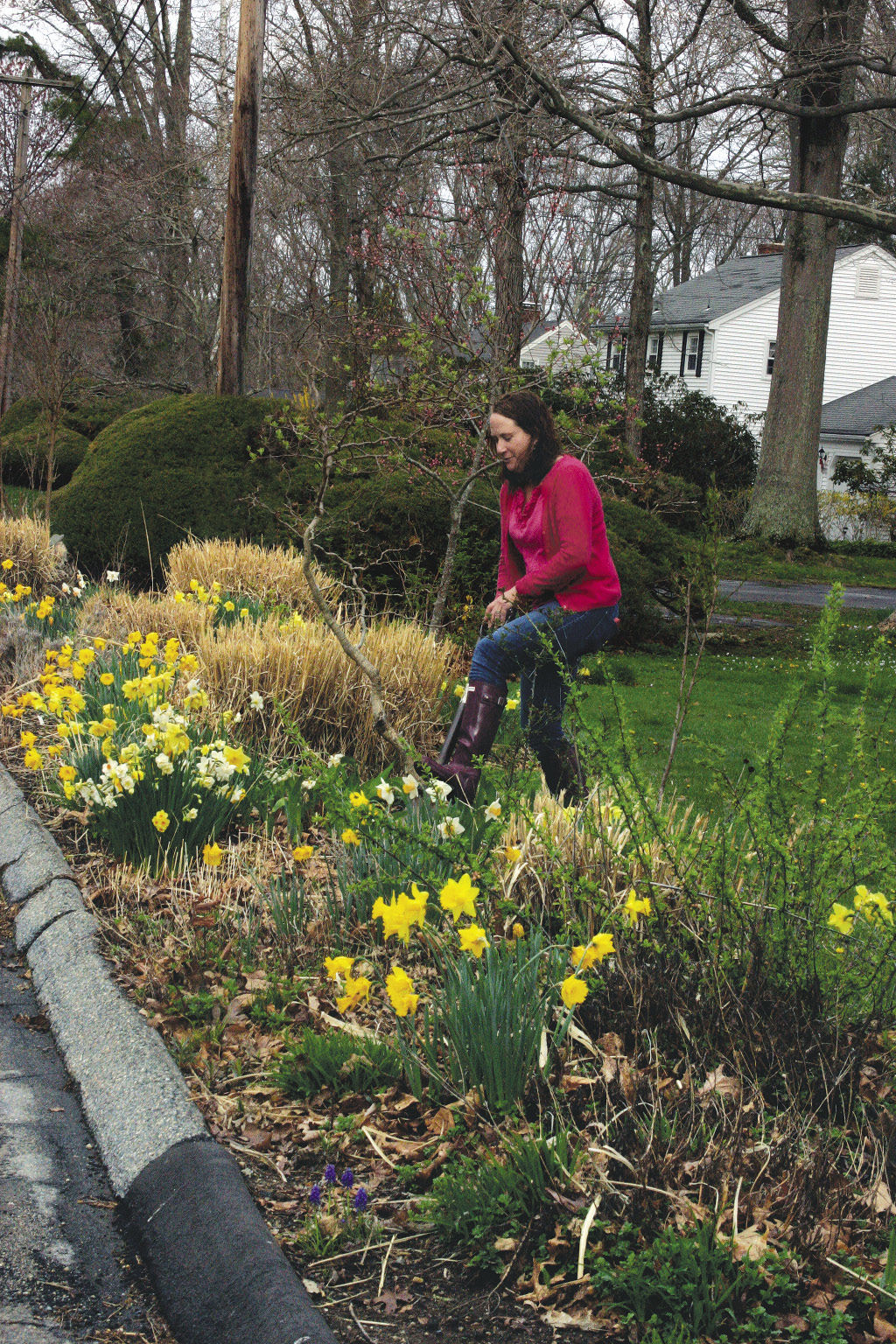
1. Amend with even just a bit of compost
One thing that I regret is not having improved the soil in my curbside bed before I started planting. The soil is worse than most places because of the salt and sand that builds up from the road. So amend the soil with some compost. Adding it will also enhance the moisture-holding capacity of the bed.
2. Start with soaker hoses
Even the most drought-resistant plants need some moisture to get established. Using soaker hoses can ensure that the water is consistent and steady for a location that might not get a lot of attention. Weed fabric is something that makes the garden even harder to water. I was not diligent enough to remove all of the existing fabric in my bed and am still pulling out pieces of the stuff. I hate it. It doesn’t stop the weeds, and it strangles some plants.
3. Mulch and then mulch again
My curbside garden bed gets a new layer of mulch every other year. The mulch helps keep weeds in check, helps regulate soil moisture, and gives the plants an extra layer of insulation during winter.
4. Don’t forget to divide
Every spring, I go out to the garden to assess the damage. It’s the perfect time to divide many of the plants and to fill in the gaps where something might have died. Frequent division also helps keep the plants healthy and happy.
Jennifer McMahon has a degree in horticulture from Cornell University and works as a nursery specialist at Smith’s Acres, a garden center in Niantic, Connecticut.
Photos: Danielle Sherry; millettephotomedia.com; courtesy of North Creek Nurseries; Steve Aitken; Michelle Gervais; Nancy J. Ondra; courtesy of Great Plant Picks.
Illustrations: Abigail Lupoff
Sources
- Forestfarm, Williams, Ore.; 541-846-7269; forestfarm.com
- Horizon Herbs, Williams, Ore.; 541-846-6704
- Iris City Gardens, Primm Springs, Tenn.; 800-934-4747; iriscitygardens.com
- Niche Gardens, Chapel Hill, N.C.; 919-967-0078; nichegardens.com
- White Flower Farm, Litchfield, Conn.; 800-503-9624; whiteflowerfarm.com


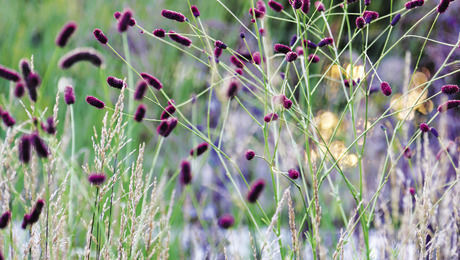


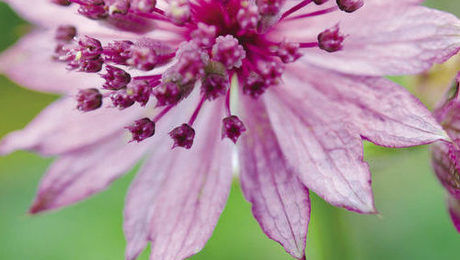












Comments
Log in or create an account to post a comment.
Sign up Log in